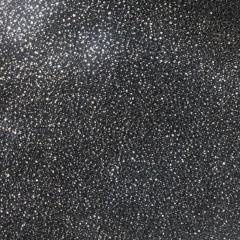Coherer foam finds practical applications primarily in the realm of radio frequency (RF) and wireless frequency domains, particularly in conjunction with antennas and RF receivers. Here are some areas where Coherer foam is employed:
Antenna Enhancement: Coherer foam can serve as an enhancing material for antennas, aiming to elevate reception efficiency and performance. Its conductive properties aid in capturing and conducting received RF signals, thereby enhancing antenna reception capabilities.
RF Receivers: Coherer foam can be utilized as a reception component within RF receivers. As RF signals pass through Coherer foam, its conductive characteristics result in variations in resistance, which can be detected, enabling RF signal reception and decoding.
Signal Reception and Demodulation: Coherer foam can be employed in RF communication systems for signal reception and demodulation. It captures radio signals transmitted and converts them into electrical signals for subsequent signal processing and decoding.
Radio Frequency Sensors: Coherer foam can be employed in crafting RF sensors designed to detect RF signals in the environment. This may prove useful in applications like Radio Frequency Identification (RFID) systems and various monitoring and communication scenarios.
Antenna Technology Research: Researchers can leverage Coherer foam to test and study novel antenna designs and RF technologies. Its conductive properties can provide experimental data concerning different antenna structures and material performances.
It's important to note that Coherer foam may not be the most common material in contemporary wireless communication technologies, and its usage might be subject to specific application and requirements. When selecting and implementing Coherer foam, careful consideration of its performance, conductivity, dimensions, and alignment with the intended application is crucial.
Relevant metal foam products: Aluminum foam, Cu Foam, Nickel Foam, Iron Nickel Foam, Stainless Steel Foam

 Daisy@foam-material.com
Daisy@foam-material.com
